Listening from afar
A new, hands-off approach to monitoring biodiversity is saving time and money, and helping to identify sites where intervention is most needed
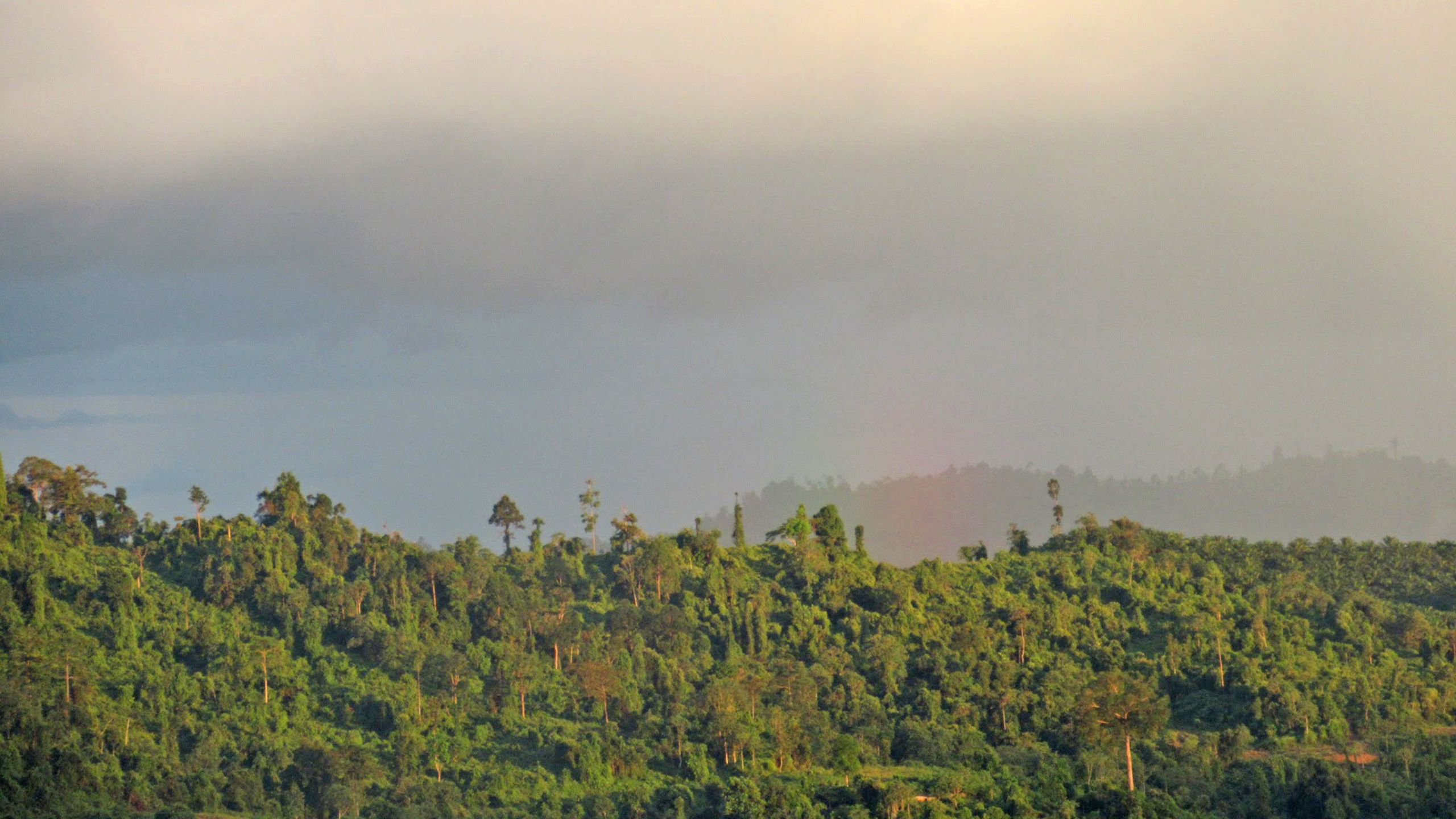
Close your eyes and imagine the sounds on a busy city street.
Now imagine the sounds in a forest.
Even if you can’t identify specific noises in the mix, the overall sound has clearly changed.
Tracking changes in the ‘soundscape’ – as Dr Sarab Sethi calls it – is at the heart of his pioneering approach to monitoring biodiversity.
Sethi has developed a device that records soundscapes over long time-frames, with minimal human intervention.
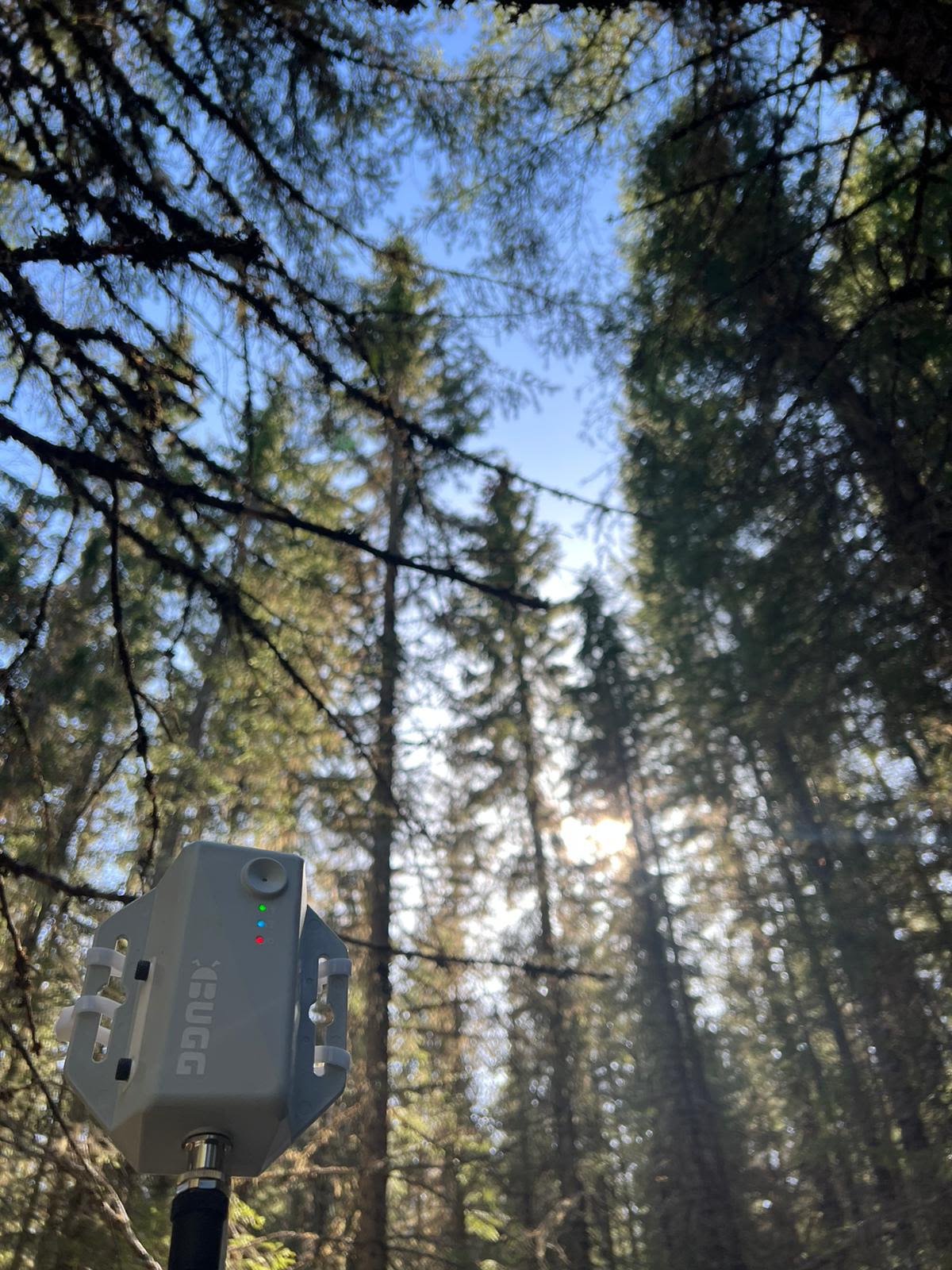
It’s being deployed in all sorts of different natural habitats to monitor the health of ecosystems using sound.
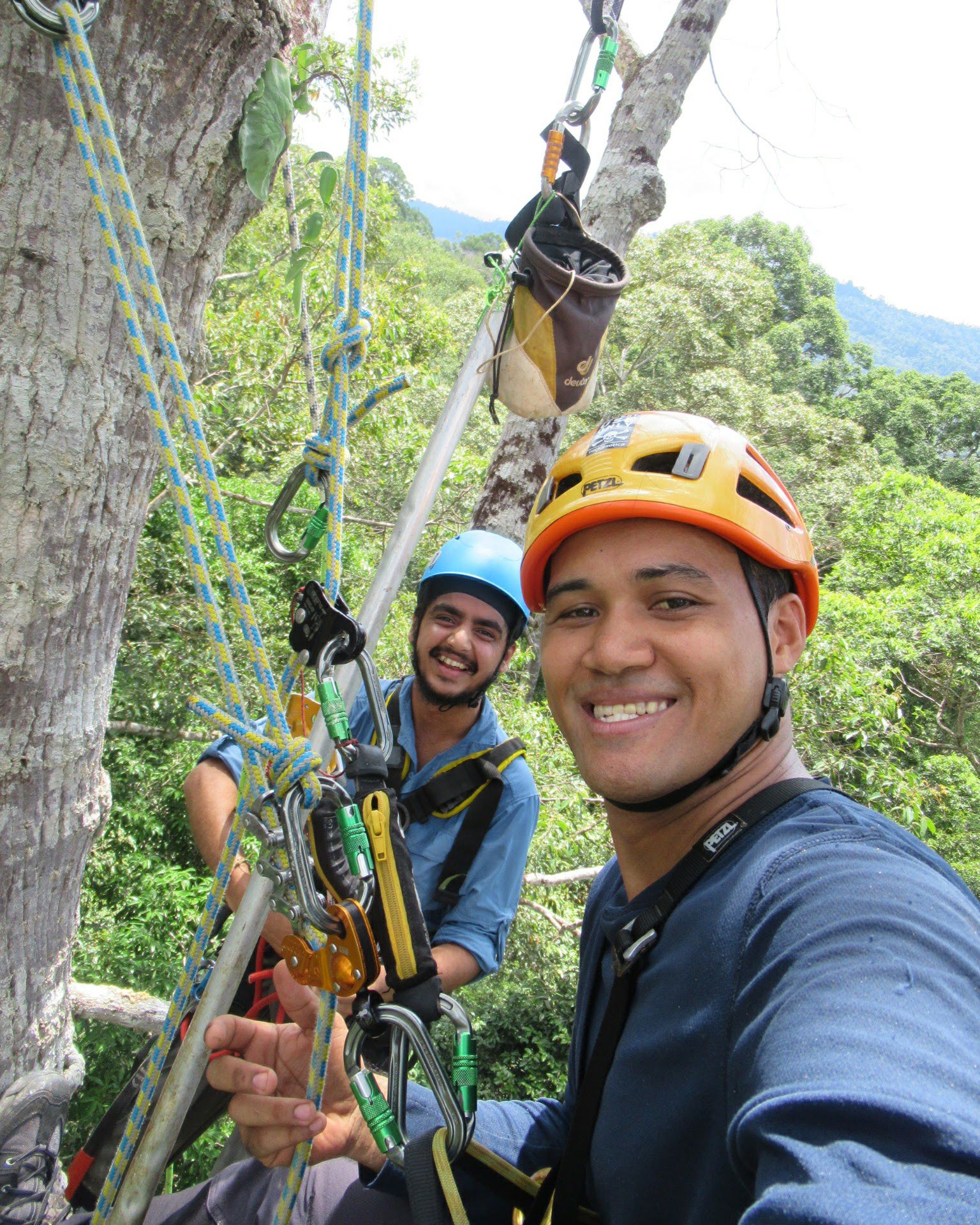
By fixing a network of sound recorders across a landscape, researchers can monitor for changes in the soundscape over time that act as an early warning of changes in species community or habitat health.
The recordings transport you to another world.
In Borneo, through the SAFE Acoustics project (Stability of Altered Forest Ecosystems), recorders are monitoring sounds across a ‘landscape degradation gradient’ from old growth forest, to logged forest, to oil palm plantation.
Scientists involved in the project from all over the world are studying how this gradient, with its different levels of environmental degradation, affects biodiversity. The soundscape is different at each site and reflects the biodiversity of each ecosystem under different human pressures.
Reference points are made by measuring biodiversity on the ground at several different types of site – known as ‘ground-truthing’. These references are linked to the soundscape recordings and used to infer the level of biodiversity at other sites from the recordings made there.
Other research groups are putting the technology to ingenious uses. In the Arctic Circle, the recorders are being used to listen to sounds in the soil – including the anthills, where environmental pollutants can potentially be detected through the agitated noises of the ants.
“The theory is that if you can stick microphones really close to a bunch of anthills, you can monitor the ants’ behaviour through sound,” says Sethi.
In Norway, the sound recorders are being used to monitor the arrival and breeding patterns of migratory birds, where they might otherwise be missed by researchers who can’t be continuously in the field. Climate change-driven variations can be picked up much more easily this way.
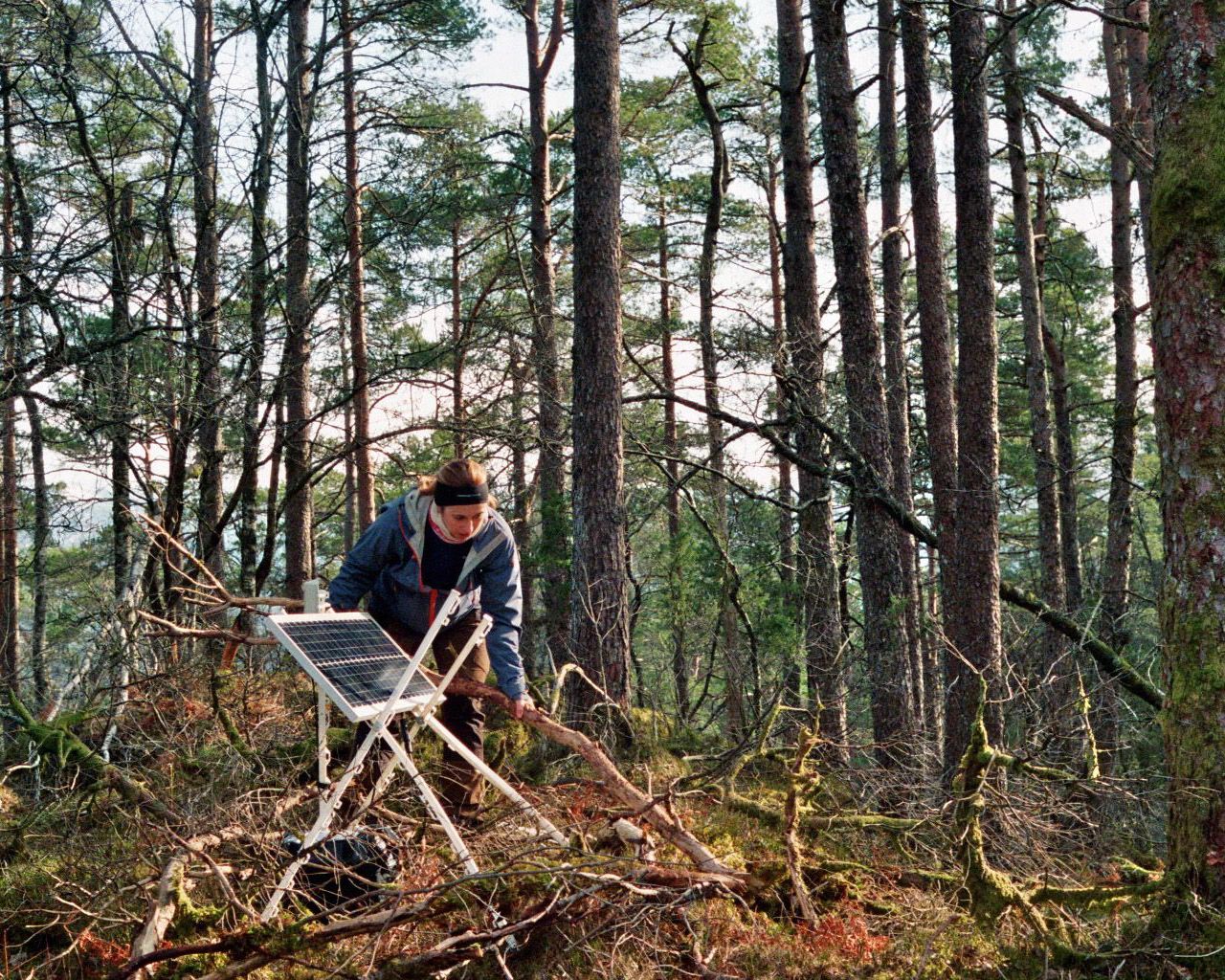
Image credit: Avery Bick
Image credit: Avery Bick
The technology is low-cost and fully open-source, and processes sound data automatically using a number of advanced machine learning algorithms based in the cloud.
It collects extremely high-resolution audio data 24/7, and uploads it – with the help of solar panels and batteries – so researchers don’t need to remain near their field site to gather huge amounts of information about it.
Sethi’s next goal is to focus solely on changes in the soundscape, with no initial ground-truthing at all.
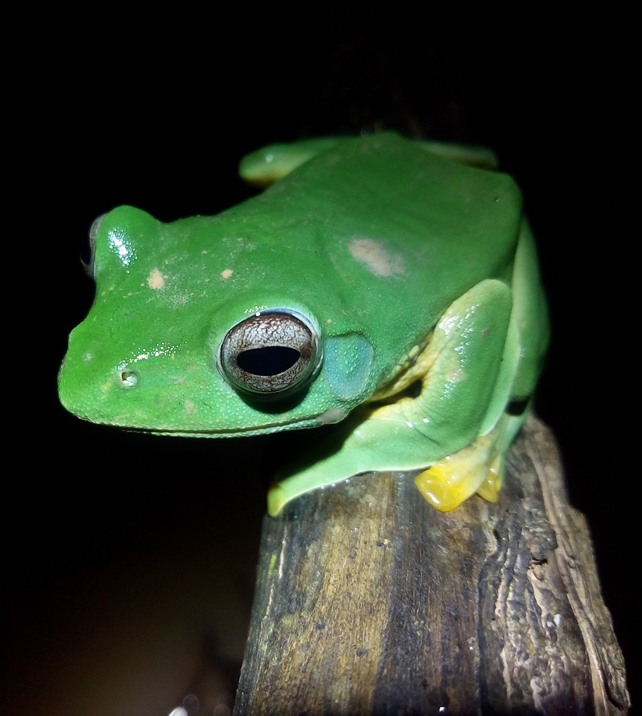
If the soundscape in some locations starts to change unexpectedly, then field ecologists can be sent in to see what’s going on, and whether something needs to be done to protect that habitat. This approach would make field efforts more focused, saving time and money.
Sethi also wants to make the device biodegradable so researchers don’t even have to go back to collect it at the end of the project. This would also allow them to drop sensors into sites that are very difficult for humans to access otherwise. He says:
“I’m really excited about the potential for fully hands-off networks of sound recorders that provide useful information for biodiversity management.
Soundscapes are a fantastic high-level indicator of ecosystem health.”
Sethi and collaborators talked about their work on the BBC Radio 4 Today Programme on 14 Sept 2022.
Sethi is a Herchel Smith Postdoctoral Fellow based in the University of Cambridge's Department of Plant Sciences and Conservation Research Initiative, and a member of Fitzwilliam College.
Contacts
Media enquiries: Jacqueline Garget
Research enquiries: Dr Sarab Sethi
More information
https://www.plantsci.cam.ac.uk/staff/dr-sarab-singh-sethi
http://acoustics.safeproject.net/06:00/10/51503
Photography by Dr Sarab Sethi
The text in this work is licensed under a Creative Commons Attribution 4.0 International License
Published 14 September 2022




